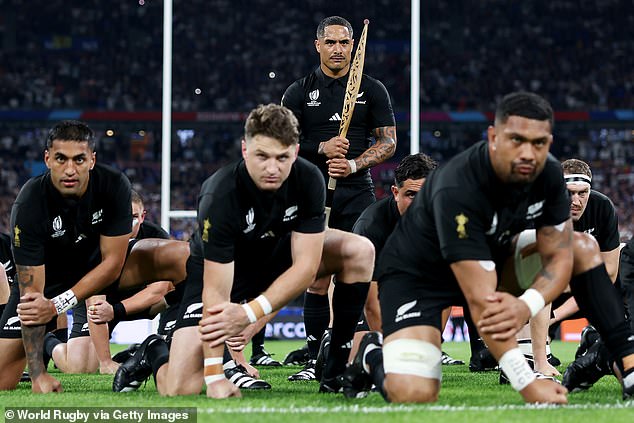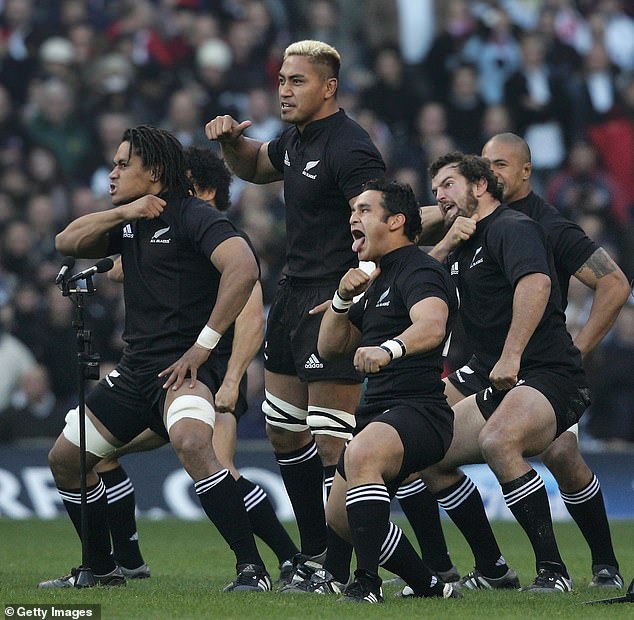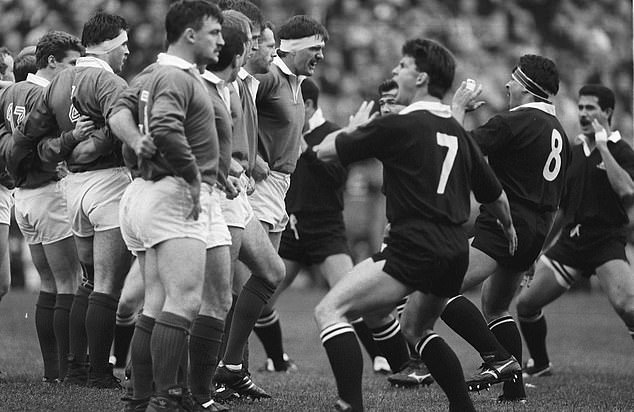All Blacks star explains why New Zealand have made a small but significant change to their famous haka for the Rugby World Cup
All Blacks star explains why New Zealand have made a small but significant change to their famous haka for the Rugby World Cup
New Zealand’s All Blacks may have suffered a 27-13 loss to France in their opening match of the Rugby World Cup, but they made a big statement with a major change to the world-famous haka.
The history of the haka dates back centuries, with Maori tribes using it as a war dance and as a ceremonial ritual to demonstrate their unity and strength.
Today the haka has enormous cultural significance and symbolizes honor, respect and identity among the Maori people.
The history of the sport dates back to 1888-89, when New Zealand’s first representative rugby team, known as The Natives, introduced the haka to British and Australian audiences on their first tour.
The haka they performed at the time, known as Ka Mate, has endured and remains a cherished tradition performed by the All Blacks to this day.
Originally suppressed during colonial times, it experienced a revival as a symbol of Maori cultural pride and unity in the late 19th and early 20th centuries.
New Zealander Aaron Smith leads the haka at the Rugby World Cup with a hoe, a traditional Maori paddle

The introduction of the hoe was the first significant change to the haka the team has performed since 2005
There are different versions of the haka. The most famous is the Ka Mate, which is performed by the All Blacks and celebrates life and victory.
Another prominent version is the Kapa o Pango, also performed by the All Blacks, which was created in 2005 to recognize the team’s bicultural identity and features a throat-slitting gesture, symbolizing drawing strength from country.
Now the New Zealand side have introduced another small but significant change to the iconic war dance in the shape of a traditional hoe.
Veteran All Black and haka leader Aaron Smith was seen with the carved wooden paddle during the haka in Paris and he explained the new addition to the Kiwis’ war dance.
“I carried a hoe (pronounced haw-eh) as a waka paddle (Maori canoe),” Smith said.
‘It was something special for our group. It ties in a bit with our time in France.
‘World Cups are different and we wanted to add something unique to this group for this moment.
“It felt like it was the right time, and it was really special to carry that hoe and represent our people back home.”

The All Blacks introduced the Kapa o Pango version of the haka in 2005, including a throat-slitting gesture (pictured)

The Irish team takes on the All Blacks in 1989 as captain Wayne Shelford leads the haka
In addition to its primary function as a paddle, the hoe can also be used as a weapon when necessary.
These intricately carved paddles had great value and were considered possessions of the chiefs.
Variations in hoe styles, handles and blades were distinctive in different regions and reflected local cultural and design preferences.
The All Blacks will be looking for a big win when they play Namibia in their second World Cup pool match in Toulouse on Saturday (AEST).
Watch every World Cup match ad-free, live and on-demand in 4K UHD on Stan Sport.
